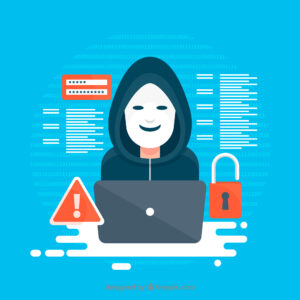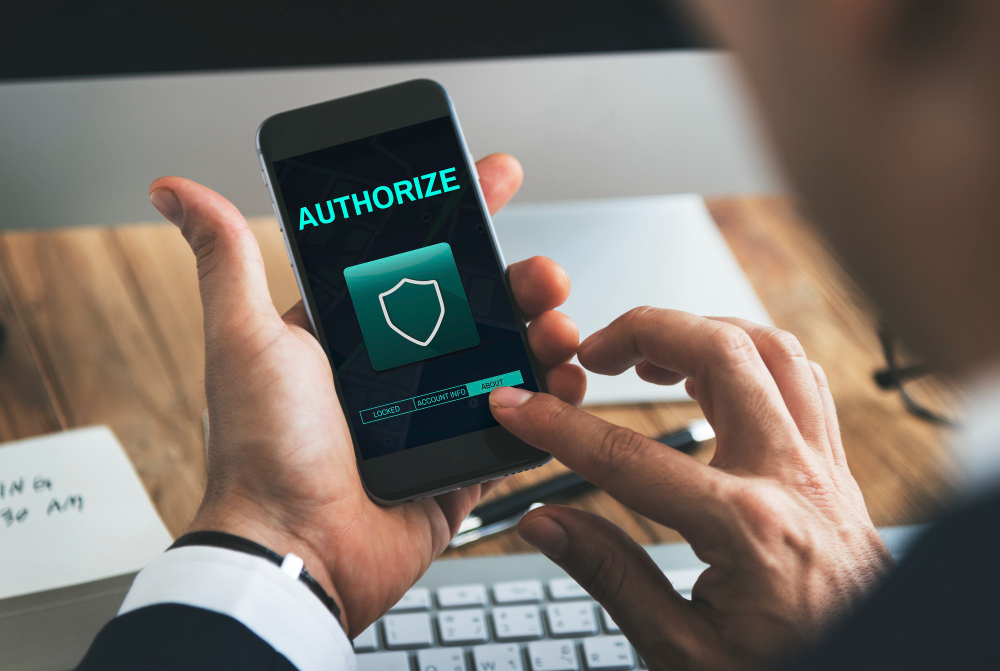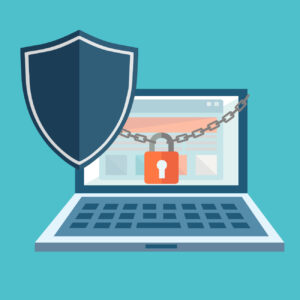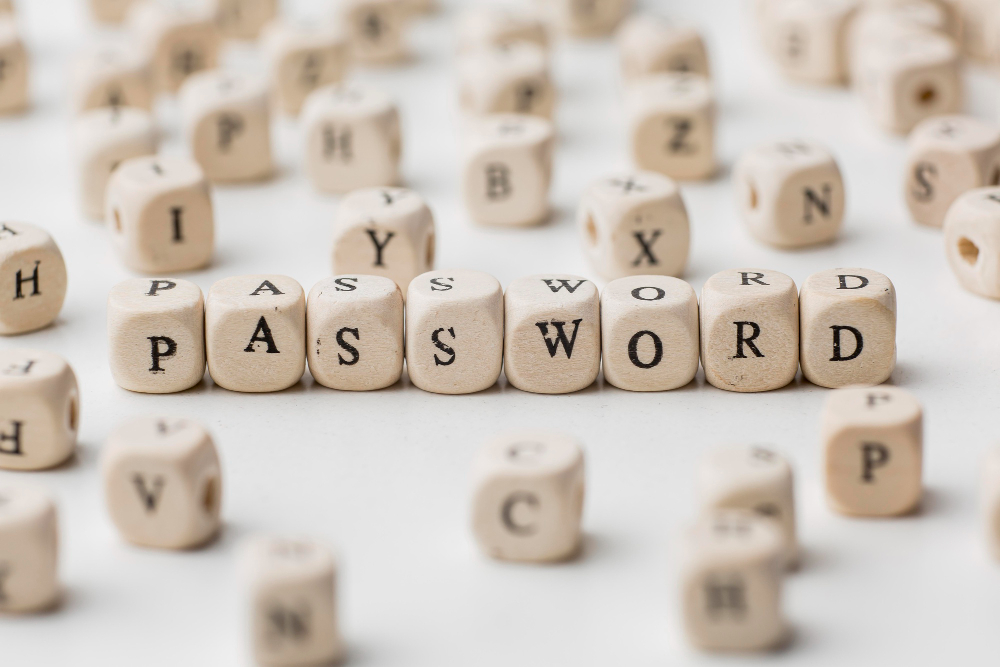In today’s hyper-connected world, our digital lives are more vulnerable than ever. From online banking to social media, we rely on countless accounts, each requiring a password and ideally, an extra layer of security.
Managing this complexity while staying secure can feel overwhelming, but in this article we will explain two tools—password managers and two-factor authentication (2FA)—can significantly bolster your defenses. In this article, we’ll explore how to use these tools to safeguard your digital life.
Why Securing Your Digital Life Matters
Cybercrime is on the rise, with data breaches exposing billions of passwords and personal details annually. Weak passwords, reused across multiple sites, are a hacker’s dream. Add to that phishing attacks and extensive hacking techniques. It’s clear why robust security practices are non-negotiable. Password managers and 2FA are two of the most effective ways to protect your accounts, ensuring your data stays safe even if one layer of defense is compromised.

What Are Password Managers and 2FA?
- Password Managers
- A password manager is a software tool that securely stores, generates, and manages complex passwords for all your accounts. Instead of memorizing dozens of passwords or resorting to weak ones like “password123,” you only need to remember one strong master password. The manager handles the rest, autofilling login details and keeping them encrypted in a digital vault.
- Note: Password Managers only store passwords and keep them secure. They do not automatically change passwords for You!
- Two-Factor Authentication (2FA)
- 2FA adds an extra layer of security by requiring a second form of verification beyond your password. This could be a code sent to your phone, a biometric scan (like a fingerprint), or a physical security key. Even if someone steals your password, they can’t access your account without this second factor.
- Note: This is crucial, make sure to have 2FA set-up on all critical accounts! (emails, banks, etc). Even if someone manages to login to your account, they will be stopped to confirm that they are the owner of the account.

Benefits of Using Password Managers and 2FA
- Enhanced Security: Password managers create strong, unique passwords for each account, reducing the risk of breaches. 2FA ensures that stolen passwords alone aren’t enough to compromise your accounts.
- Convenience: No more forgetting passwords or writing them down. Password managers autofill credentials, while 2FA apps streamline the verification process.
- Cross-Platform Syncing: Most password managers sync across devices, so your credentials are accessible whether you’re on your phone, laptop, or tablet. ICloud keychain is a good example of this
- Protection Against Phishing: 2FA can stop attackers who trick you into entering your password on fake websites, as they still need the second factor/confirmation.
- Peace of Mind: Knowing your accounts are locked down lets you focus on your digital tasks without worrying about hacks.
Step-by-Step Guide to Securing Your Digital Life
Not all password managers are created equal. Look for one with strong encryption (AES-256 is the gold standard), a good reputation, and features like cross-device syncing and autofill. Popular options include:
- LastPass: User-friendly with a free tier and robust premium features.
- 1Password: Known for its sleek interface and advanced security options.
- Bitwarden: Open-source, affordable, and highly customizable.
- Dashlane: Offers extras like VPN and dark web monitoring.
- KeePass2: Designed for more advanced and technical users. Free & Open Source.
Audit and Update Your Passwords Once your password manager is set up
- Import Existing Passwords: Most managers can import passwords from browsers or CSV files.
- Generate New Passwords: Use the password manager’s built-in generator to create strong, unique passwords (e.g., “X7#kP9m$vL2qR8t”) for each account.
- Update Accounts: Log in to each account, replace old passwords with the new ones, and save them in your manager.
- Prioritize High-Risk Accounts: Start with critical accounts like email, banking, and social media, as these are prime targets for hackers. Always be on lookout for these accounts!
Pro Tip: Avoid reusing passwords across accounts. A breach on one site could compromise all your accounts if passwords are shared.

